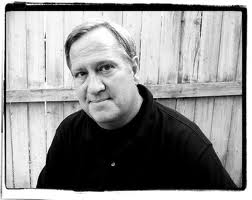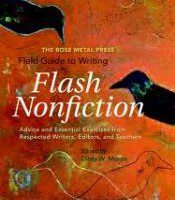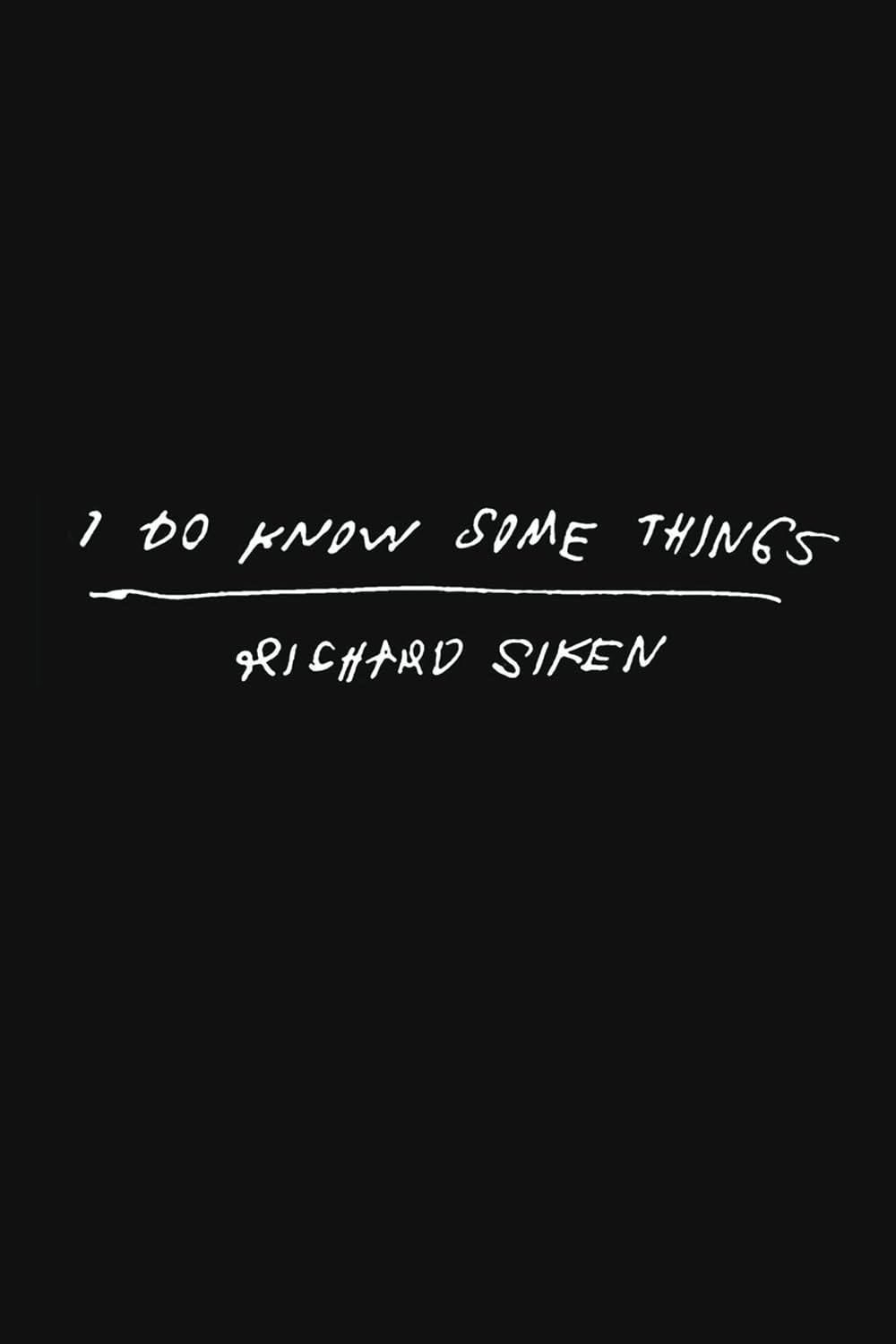A few years ago, I interviewed a new PhD in political science for a job at the university where I teach. He was a bit younger than me, and a top candidate; he finished his graduate work at a respectable, eastern school.
“What kind of writing do you do?” he asked.
“I write mostly nonfiction,” I said. “I write essay.”
“Essay?” he said. “Nobody reads essays anymore. The New York Times just declared it a dead form.”
“Is that so?” I said, feeling unexpectedly bad about myself. Then I thought about all the journals devoted to the essay, all the fine essayists who publish in them, and one of my teachers, Phillip Lopate, a kind of godfather of the essay. I wish now I had had a smart comeback, but the moment passed flatly, and the fact that this fellow was not offered a job did little to assuage my guilt for leaving my genre undefended.
How delighted I was then (if only to disprove this twit) to see publication of The Rose Metal Press Field Guide to Writing Flash Nonfiction, edited by Dinty W. Moore. As it turns out, my genre is alive and well, perhaps even stronger than ever, and the short form, or “flash” form, is picking up new speed.
This tidy little book, handsomely dressed in artwork by Pamela Callahan, consists of 26 ways of looking at flash nonfiction arranged in several categories: form, image and detail, voice, sound and language, point-of-view, structure, beginnings and endings, and alternative approaches. Each chapter, written by a different practitioner of the form, offers instruction (which is itself a work of flash nonfiction), a model essay, and complementary writing exercises to bring the writer to her work.

Following editor Dinty Moore’s superb Introduction, which details the history of flash nonfiction, one of my favorite chapters is Patrick Madden’s consideration of the contrarian essay. In the spirit of Charles Lamb, Madden describes one of the greatest attributes of the essayist: a contrarian nature. (Oh, so that’s why I keep angering my friends.) In 1826, Lamb published his “Popular Fallacies,” Madden tells us, “a series of brief contentions against proverbs” popular in his day. For example, Lamb explains why the worst puns are not best, why the lamb (not a pun, but a coincidence) should not lie down with the lion, and why the poor do not copy the vices of the rich. Then, as expected, Madden offers an exercise: write a brief counter-argument for a proverb you love to hate. Try “no news is good news,” or “two heads are better than one.” And this, followed by an example of one of Madden’s flash nonfiction essays from a series he calls “Contradictions.”
Each chapter proceeds in the way I’ve just described, and there are many others worthy of note: Carol Guess’s “On Carnival Lights, Compression, and Mice,” Rigoberto González’s chapter “Memory Triggers and Tropes,” Jenny Boully’s chapter “On Beginnings and Endings,” to name these few. The real treasure here, however, is the combined power of all the chapters, the collective, which paints a fairly comprehensive portrait of nonfiction in the short form. The book is a boon to new and emerging writers, and for teachers of writing, at any level. In one of my nonfiction writing workshops, we begin most class periods with a warm-up writing exercise, which always means flash nonfiction. In the process of reviewing this book, I realized that the exercises I had been working hard to imagine had already been imagined, and all I needed to do was reach across my desk for this useful and stylish tool.
One weakness: the book includes a section titled “Further Reading,” which I hoped would take me much farther than it does. Admittedly, I love books and so love book lists, and was hoping to find here an exhausting string of titles that would keep me reading for years. I get it that the list consists of recommendations by the book’s editor, contributors, and the press, but at just over two pages long, it leaves me wanting. Where is Montaigne; where is Thackeray; where are the early Greeks and Romans, all masters of the form who Moore credits in his Introduction?
Then, just one thing more: I’m torn about the book’s title, because I’m torn about the naming of the genre “flash nonfiction.” It corresponds with “flash fiction,” which I like well enough for its alliterative quality. Yet, the short form is as old as the essay itself, and I want a name that expresses the careful way writers come to it. If you’ve done any writing, you know that, while brevity might be the soul of wit, it always seems to take a long time. “Flash” is a word that announces “fast” and “easy,” and writing nonfiction in the short form (not unlike writing poetry), can be arduous and time consuming. Besides, the length of the form is plastic, as Moore notes, ranging up to 2,000 words, a number that sounds impossibly long to most undergraduates. Still, I don’t have a better idea for a name; I have only a contrarian nature.
More powerful than these concerns is my conviction that Rose Metal Press is the ideal publisher for this most excellent book, and Dinty Moore is its ideal editor. A small, not-for-profit press out of Massachusetts, Rose Metal Press specializes in “literary works that move beyond the traditional genres,” which is to say they are in the business of expanding and diversifying our world. The Press has already published field guides to prose poetry and flash fiction, making flash nonfiction the book that rounds out a trilogy. And what of Dinty Moore? He founded and edits the wonderful journal Brevity: A Journal of Concise Literary Nonfiction, is the winner of the 2009 Grub Street Nonfiction Book Prize, is a professor of nonfiction writing at Ohio University, and may not claim, but no less is, a master in the genre of flash nonfiction. Oh, and he claims to grow very fine heirloom tomatoes. So, here then is a perfect storm, two great energies combining to produce a lively and invaluable resource that will live on my shelf for many years in service to both my writing and my teaching.
The essay a dead form? I hardly think so.





2 responses
Couldn’t agree more! I’m doling the book out to myself one chapter every couple of days so as to properly savor it. Also looking forward to recommending it to my students.
I realized that the exercises I had been working hard to imagine had
already been imagined, and all I needed to do was reach across my desk
for this useful and stylish tool.
Click here to subscribe today and leave your comment.